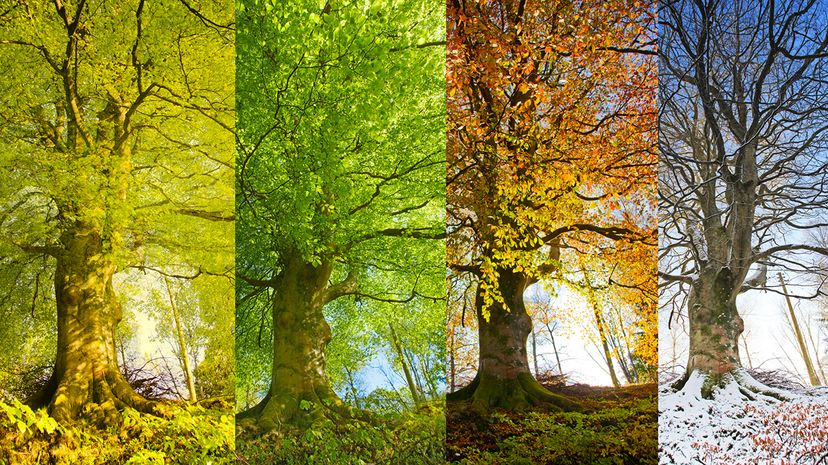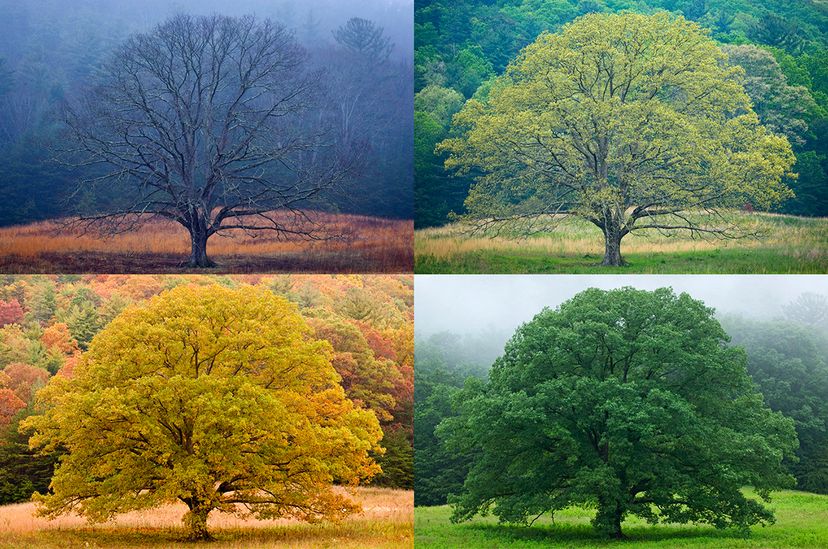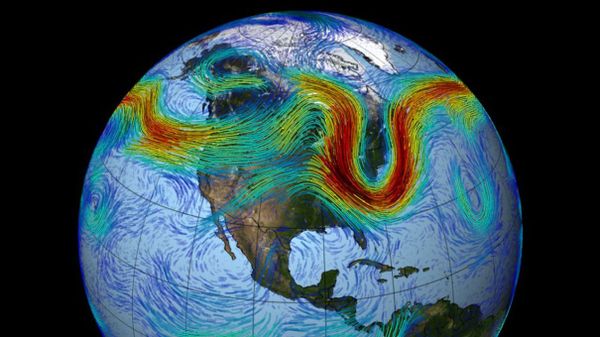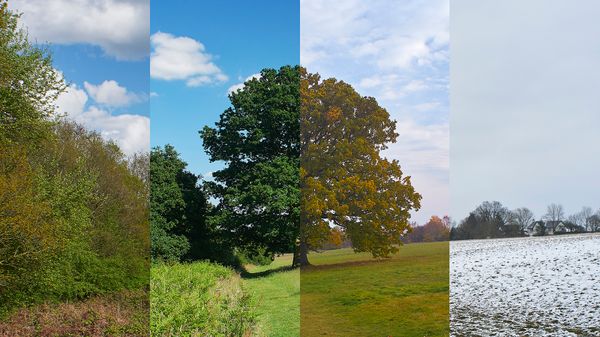Largely driven by human activity, climate change has been messing with the traditional concept of four seasons for a while now. Scientists have discovered that as the planet warms up, the tropics have been expanding by 0.1 to 0.2 degrees of latitude every decade, so that places that once had four seasons are shifting to having just two.
But even in regions with four seasons, weather and temperature patterns have been altered. Across the United States, the shift from cold weather in the winter to warm spring temperatures happens earlier now than it did in the past, and the period of winter weather is shorter and generally milder.
Even the heatwaves are starting later in the summer months. An extended period of record-breaking heat struck the central United States in late August 2023, with the worst conditions occurring on August 23 and 24 in northern Illinois and northwest Indiana.
This marked the first time since a July 1995 heatwave that Chicago experienced consecutive days with heat indices exceeding 115 degrees Fahrenheit (46 degrees Celsius).
Longer Summers, Shorter Winters
A 2021 study published in Geophysical Research Letters examined seasons in the Northern Hemisphere from 1952 to 2011 and found that global warming has altered the length and temperatures of the four seasons.
Traditionally, a year was divided into four equal-length seasons, but this is no longer the case. In this period, summer has lengthened, while spring, autumn and winter have shortened.
Summers have started earlier and extended by 4.2 days every 10 years, resulting in a 17-day increase in summer length over the last half-century. This has led to hotter summers with more frequent and prolonged heatwaves between May and September.
In contrast, winters, springs and autumns have all become shorter. Spring has decreased by nine days, autumn by five days, and winter by three days over the same time frame. These changes are attributed to shifts in the onset and withdrawal of these seasons. Spring and summer start earlier, while autumn and winter begin later.
Temperatures have also changed, with summers becoming longer and hotter, while winters have also warmed. In northern North America, winter temperatures have risen by more than 0.4 degrees Celsius every 10 years. Shorter, warmer spring and autumn seasons have become the new norm due to these shifts in season timing and temperature patterns.




